Two awe-inspiring and inseparable themes —ancient Incan culture and spectacular Andean scenery—characterize this breathtaking (in more ways than one) tour. The roads weave the story of Peru together, taking you through continuous elevation changes, lateral movements, and more twisties than you can imagine. These trip highlights expand on places of interest included in our adventure-packed itinerary.
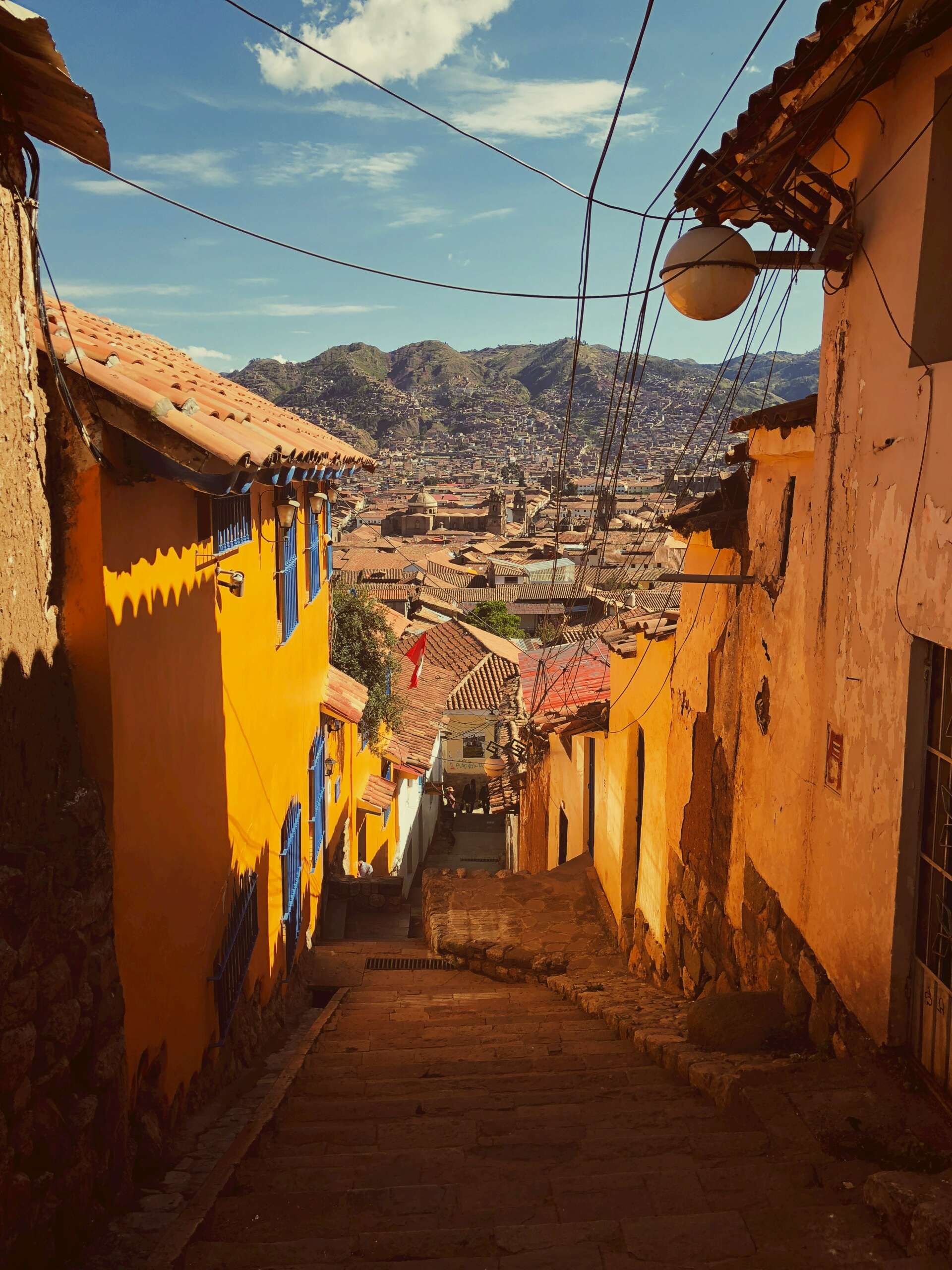
Cusco
The Imperial city of the Incas was developed as a complex urban centre, perfectly defined,
distributed, and organized for distinct religious and administrative functions.
The design, construction, and position of buildings which shape the historic central square and
retain Incan history and legends. Religious edifices, like the Temple of the Sun, the Kusicancha
Incan palace, and government buildings are surrounded by exclusive residences for royal
families. Clearly delineated and separate areas for agriculture, artisans, and industry, and
houses for those who provide labour surround the noble core.
Source: UNESCO
Sacred Valley of the Incas
Incas ruled other ethnic groups in and around the Sacred Valley, located not far from the imperial city of
Cusco. Its biggest claim to fame however, was its ability to grow maize, likely because of the lower elevation
and resultant warmer temperatures. Their agricultural terraces, called andenes, are visible today. Maize, a
prestigious crop, likely originated in Mexico, migrated south, and became a staple in Peru. Europeans did not
learn of it until after contact.
Source: History of Corn
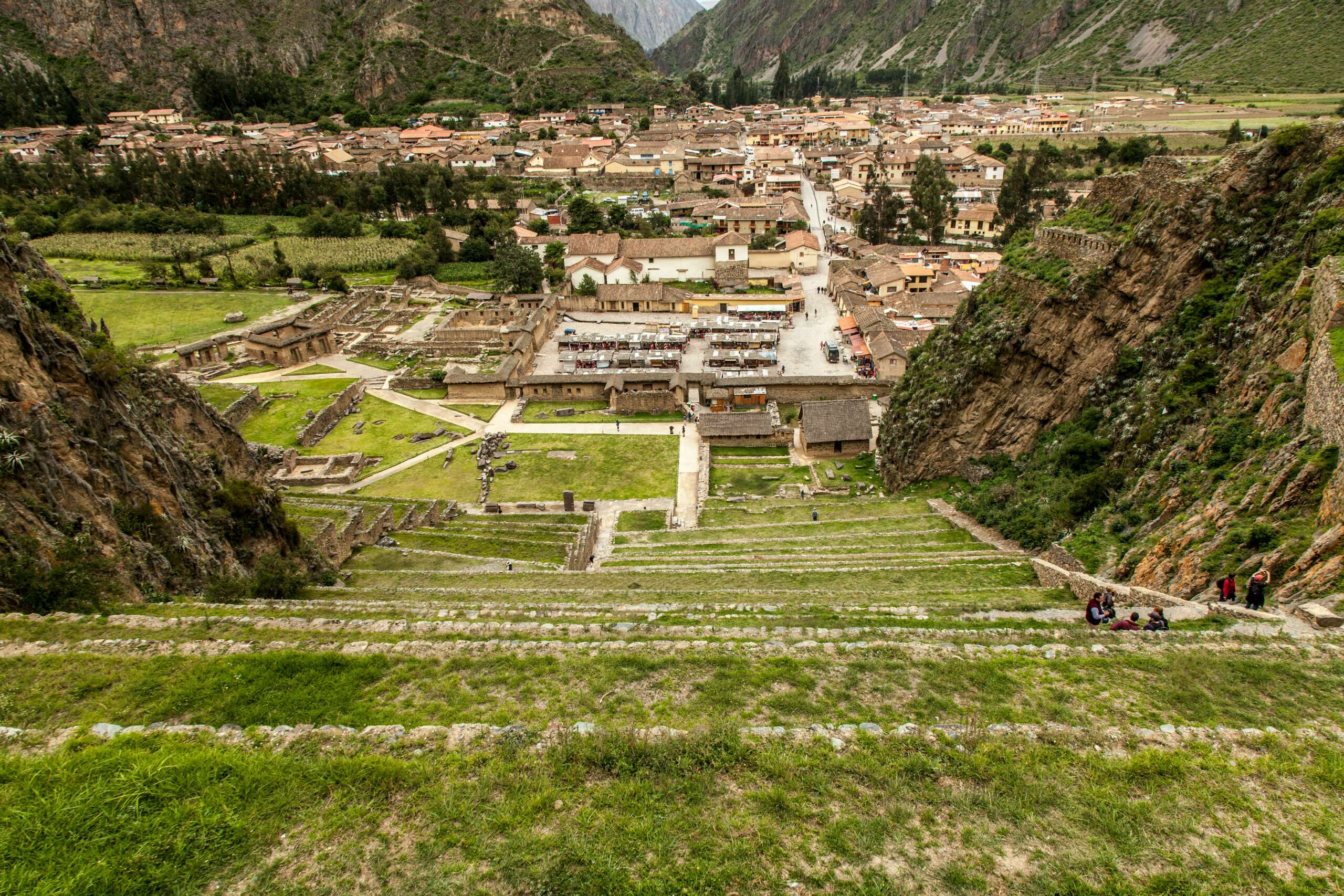
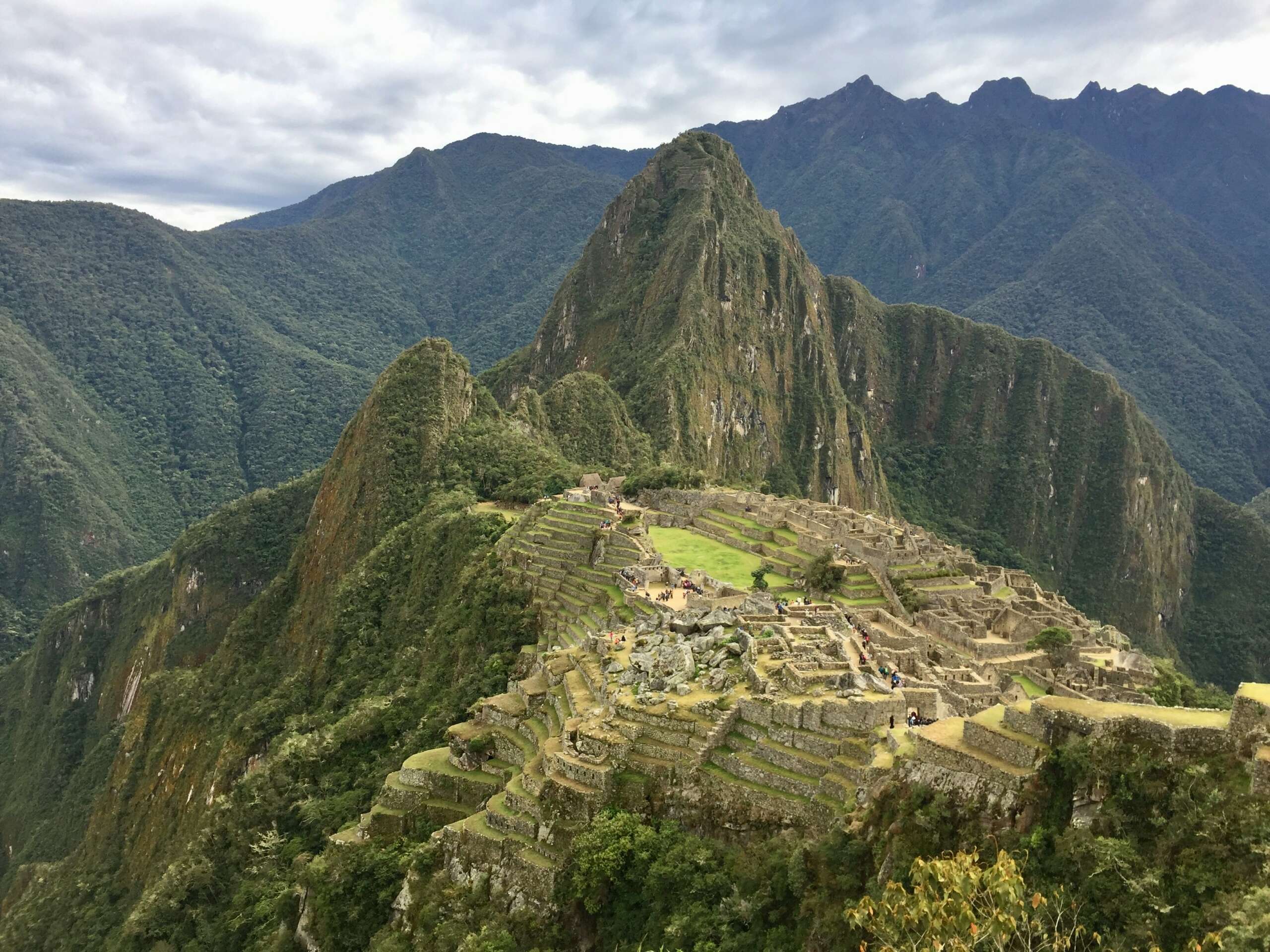
Machu Picchu
High in the clouds where the Peruvian Andes and the Amazon Basin meet, this historic
sanctuary covers 32,592 hectares of mountain slopes, peaks, and valleys, with spectacular
natural and constructed archaeology. It was built in the fifteenth century and abandoned after
conquest by the Spaniards. The rugged topography incorporates irrigation canals, an extensive
road system, and a diverse, significant, and rich natural habitat.
Source: UNESCO
Nazca Lines and Geoglyphs
Located in desert plains approximately 400 km south of Lima, this archaeological site covers
more than 75,000 hectares. Prolific drawings varying in size and complexity were drawn over
2,000 years by the people who lived here depict ancient traditions and their “magical-religious
world.”
Source: UNESCO
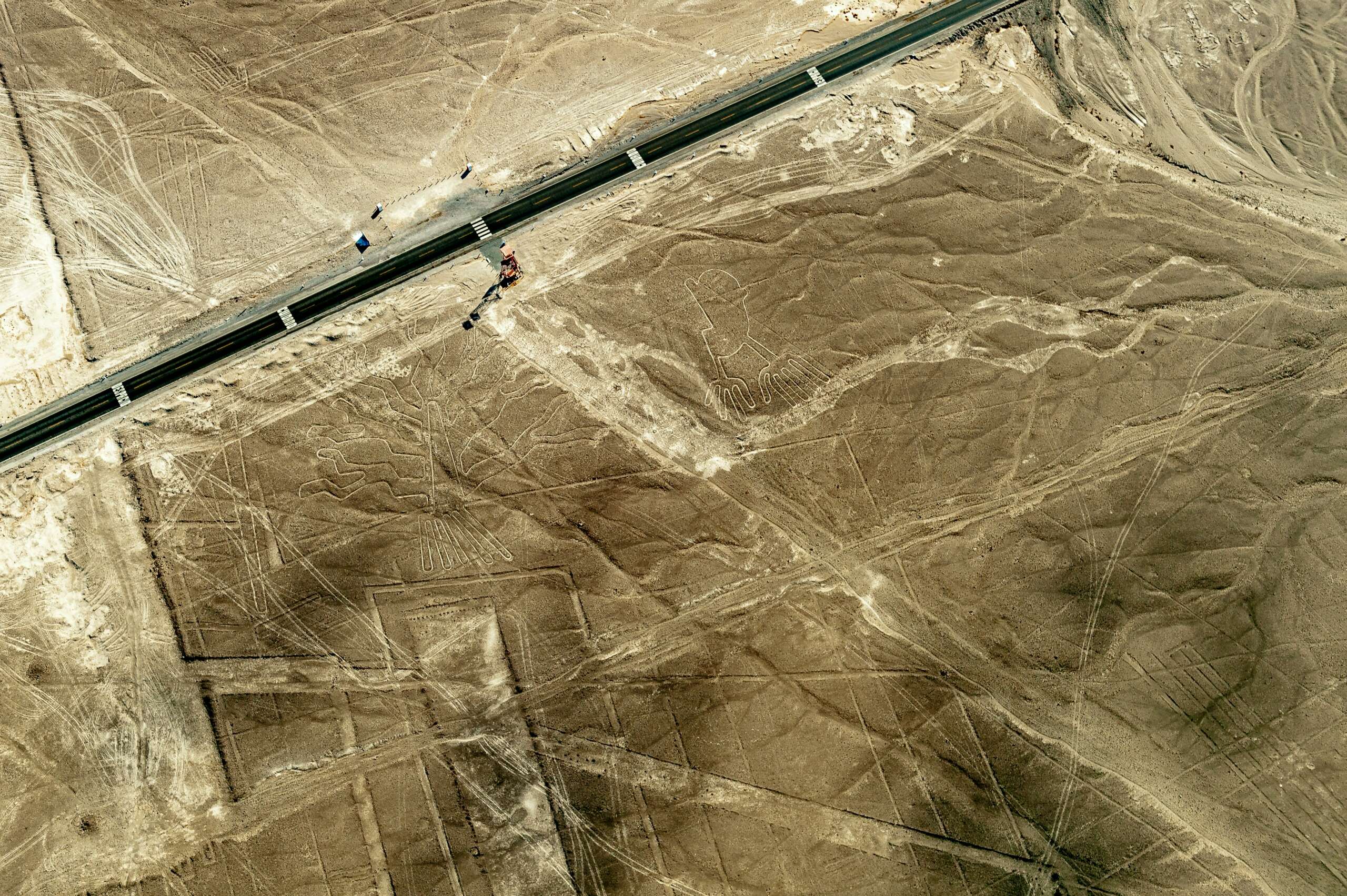
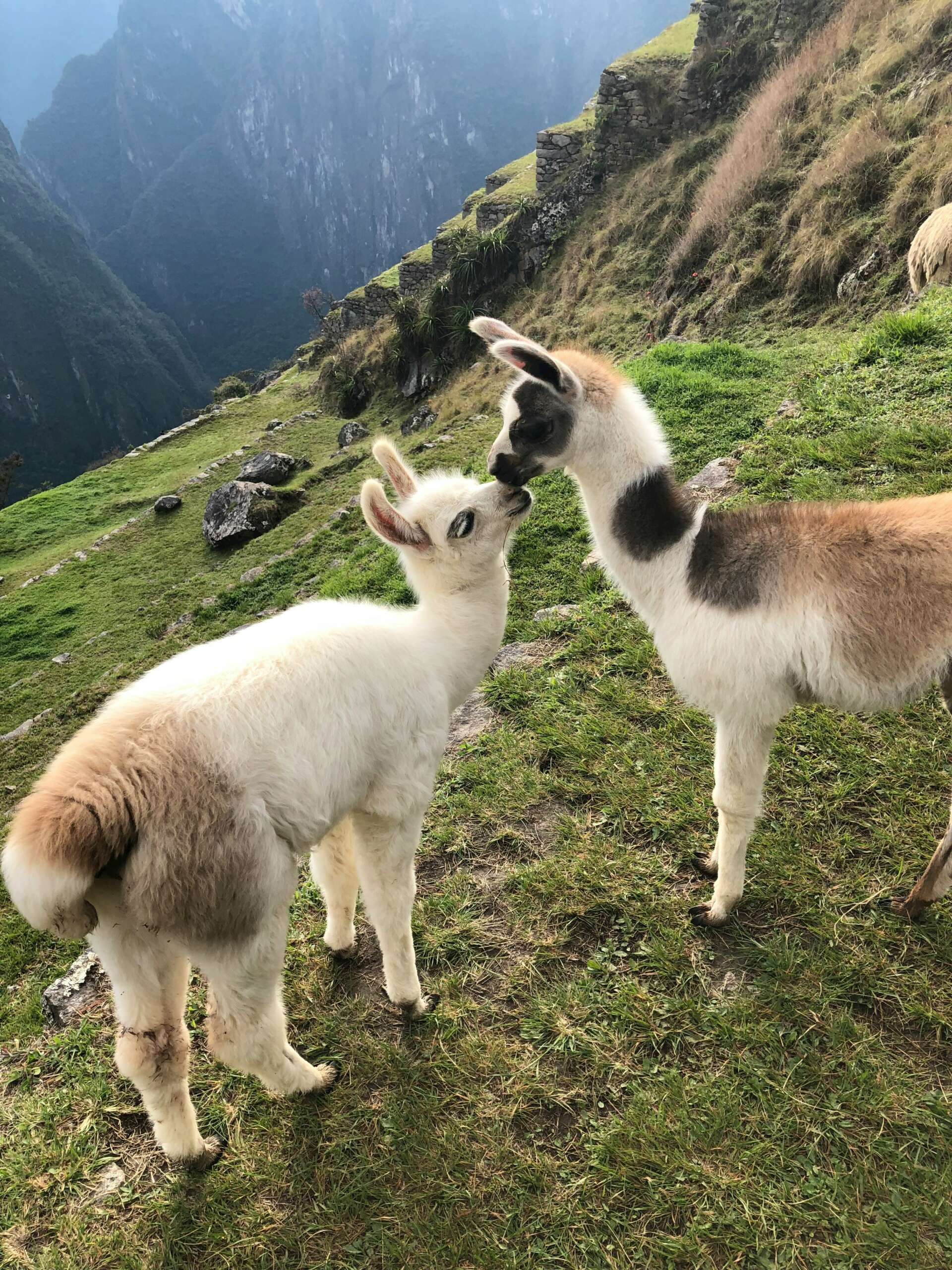
Alpaca
The Quechuas, ancestors of the Incas, domesticated the alpaca around 6,000 years ago and
raised them for their meat, wool, and transportation. As such, these revered animals have
played a key role in human survival and prosperity. They live on plateaus at an altitude of
around 4,500 metres and withstand extreme weather conditions.
Source: Britannica
Lake Titicaca
Lake Titicaca, the world’s highest navigable body of water, straddles Peru and Bolivia in the
Andes Mountains. Here, the indigenous Uros people live on man-made floating islets,
constructed of totora roots and reeds. This multi-purpose plant is also used to make boots,
houses, roofs, mattresses, medicine, food, and tea.
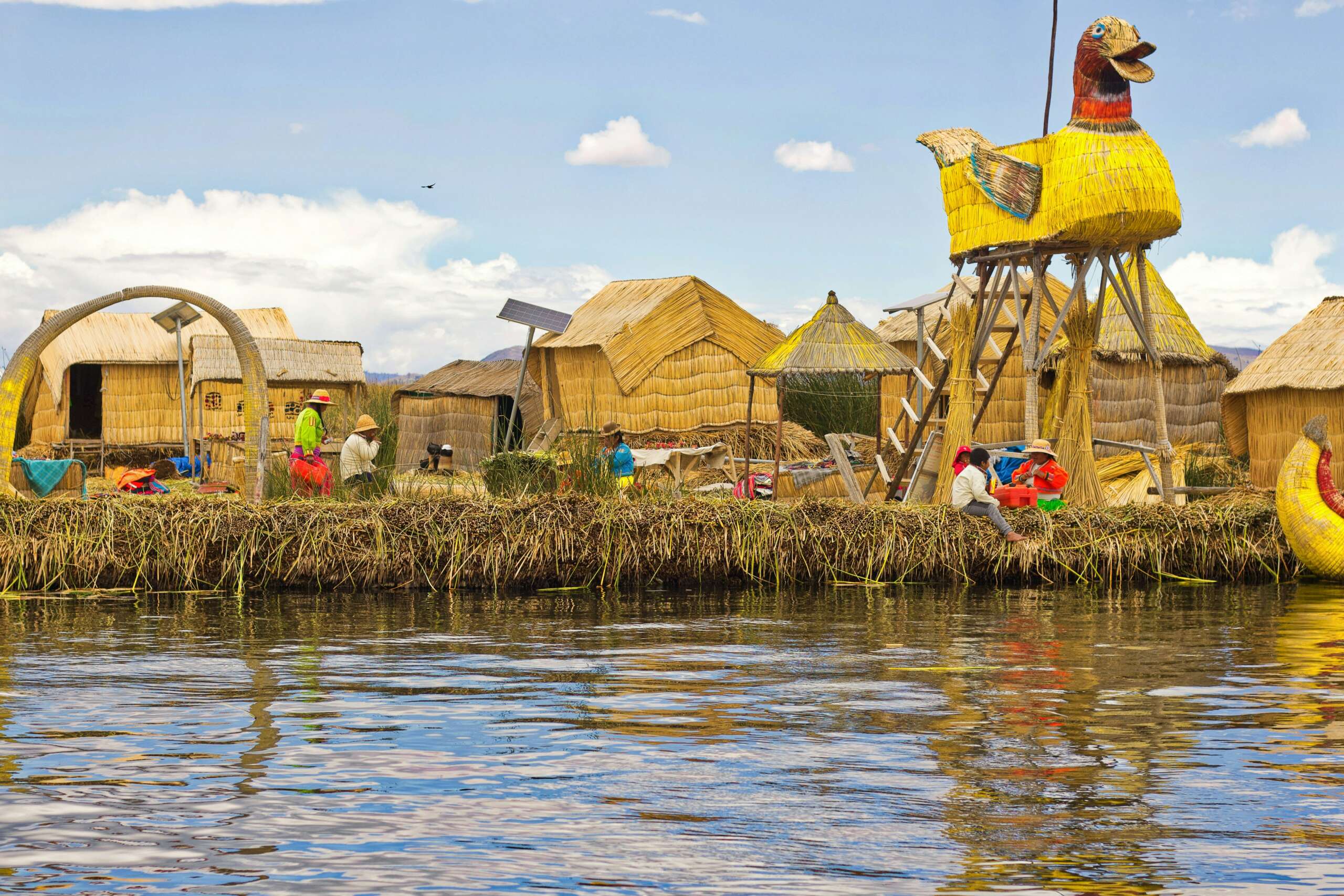
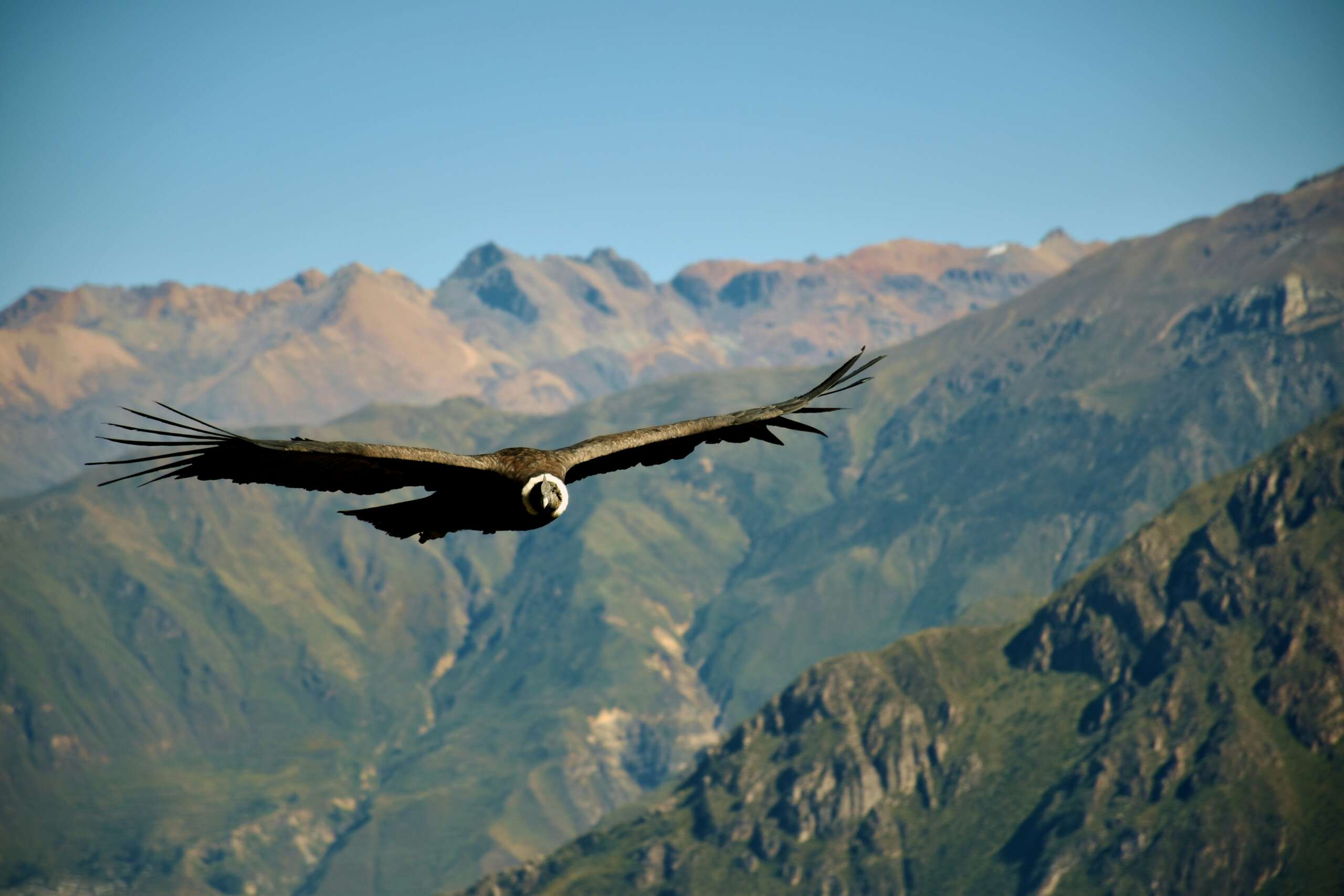
Condor
Incas viewed the condor as their most sacred animal. It was considered a divine messenger that
communicated between the earthly and spiritual worlds. Fortunate are those who see these majestic beings.
Source: Peru Travel

